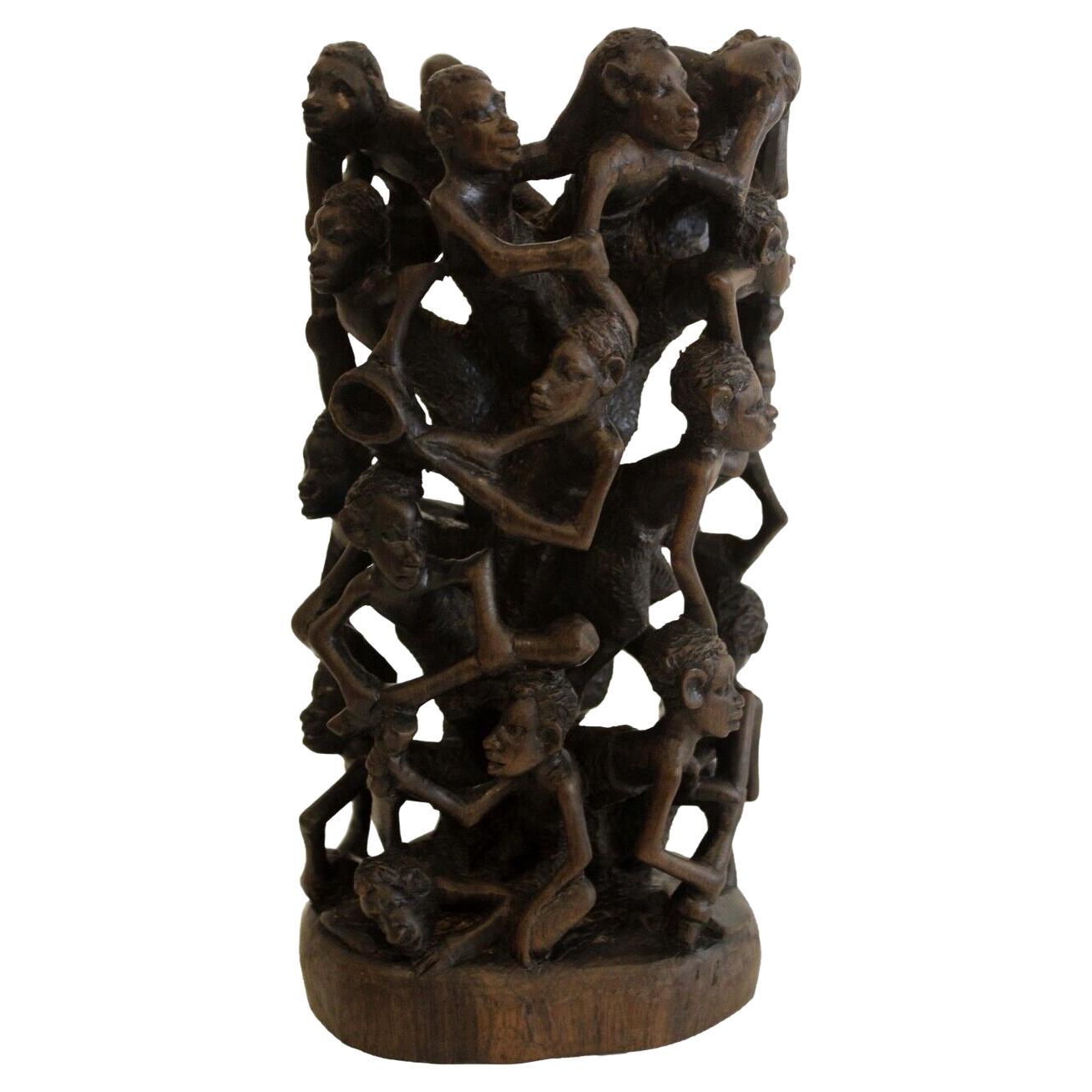The proud Tribes of Tanzania

Let' have a closer look inside:
The Sukuma

The Nyamwezi

The Chagga
Like many other traditional ethnic groups in Tanzania, they have a special traditional cultural asset that they continue to cultivate to this day, which is absolutely fantastic!
For the Chagga, this is mbege, a delicious alcoholic drink made from ripe bananas and sprouted millet flour, which is a must at all important social events.
Although the flavour of mbege is more reminiscent of wine, it is most commonly referred to as beer. And what’s really exciting is that this traditional drink is brewed by women, keeping alive a unique cultural practice. The production process is relatively time-consuming and labour-intensive, requiring many helping hands in between.
The Chagga people are recognized for their entrepreneurial spirit, politics, and strong work ethics. They run tiny enterprises, whereas the youthful people work as clerks, teachers, and administrators. The Chagga people live on the southern slopes of Mt Kilimanjaro, which has two peaks: Kibo and Mawenzi. Chagga culture places a high value on greetings. Traditionally, their marriage ceremonies were lengthy, beginning with betrothed formalities and continuing long after the couple was married.
The Maasai

The Hehe

The Gogo
The Haya
The Makonde


The Pare
The Pare people are members of an ethnic group indigenous to the Pare Mountains of northern Tanzania, part of the Kilimanjaro Region. The Pare mountains provide an ideal environment for their agricultural lifestyle, noted for growing bananas, beans, maize, and coffee.

Kirumu (eye infection of the newborn) may be neonatal conjunctivitis. The juice of leaves from a plant called mwore was used as a cure. Mtoro (diarrhea) used the ash of the root of wild banana was administered orally as its medicine.
A significant cultural highlight is the Ijanja dance, a traditional performance incorporating rhythmic movements and sounds that create an alluring spectacle.
The Makua
The Zaramo

The Zigua

The Hadza




The Iraqw

Each Tanzanian tribe infuses the country with its unique cultural, historical, and social attributes. Together, they exemplify the rich diversity that Tanzania offers, echoing a genuinely African tapestry of tribal cultures that is not merely surviving but thriving within the geographical confines of this East African nation.
We invite you to our culture rich country on your next safari! Karibu sana!






